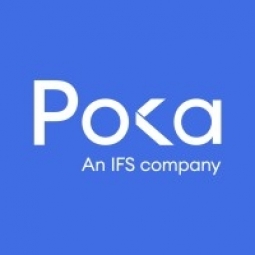技术
- 功能应用 - 计算机化维护管理系统 (CMMS)
- 网络与连接 - 5G
适用行业
- 包装
适用功能
- 维护
- 质量保证
用例
- 库存管理
- 供应链可见性(SCV)
服务
- 系统集成
- 测试与认证
关于客户
Plastico Dise 是食品和制药行业塑料包装产品的领先制造商。 Dise 在三个南美国家设有生产基地,拥有超过 250 名员工的团队,设备齐全,能够为该地区的公司提供优质的产品和服务。该公司希望减少生产线上的机器停机情况,并提高对发生这些停机原因的可见性。为了实现这一目标,他们于 2018 年在两个生产基地实施了 Poka,这是一款 Connected Worker 应用程序。
挑战
Plastico Dise 是一家塑料包装产品制造商,在管理生产线问题方面面临着挑战。该公司因机器频繁停机而苦苦挣扎,并且缺乏对这些停机背后原因的了解。问题管理和解决过程繁琐且低效。当操作人员遇到问题时,必须通过内部电话和对讲机联系维护。然后,维护团队将记录问题,将工作订单下载到电子表格中,打印书面工作订单计划并将其发布到车间的黑板上。这个手动过程非常耗时,并且留有优化的空间。此外,质量、持续改进和 IT 问题都是通过电子邮件报告的,导致沟通困难和跟踪问题。由于存在两个独立的问题报告系统,该公司在可见性有限的孤岛中运营。
解决方案
为了应对这些挑战,Dise 于 2018 年在其两个生产基地实施了 Poka(一款 Connected Worker 应用程序)。 Poka 彻底改变了 Dise 管理维护问题的方式。该应用程序允许任何操作员,无论其职位或资历如何,上传事件。操作员可以选择问题类型、优先级和位置,添加描述,甚至附加照片和视频以获取更多背景信息。相关部门或团队将立即通过电子邮件或推送通知收到通知。该问题还可以在工厂新闻源上分享,以鼓励更广泛的支持和集体解决问题。 Poka 还引入了可自定义问题类型的数字代码,这有助于对问题进行优先级排序和分类,以更快地解决问题。维护团队可以跟踪数字看板上的未解决问题或过滤它们以识别最关键或持续存在的问题。 Poka 与 Dise 的 CMMS、Hippo 集成,减少了数据重新输入的需要,并节省了大量的时间和劳动力。
运营影响
数量效益

Case Study missing?
Start adding your own!
Register with your work email and create a new case study profile for your business.
相关案例.
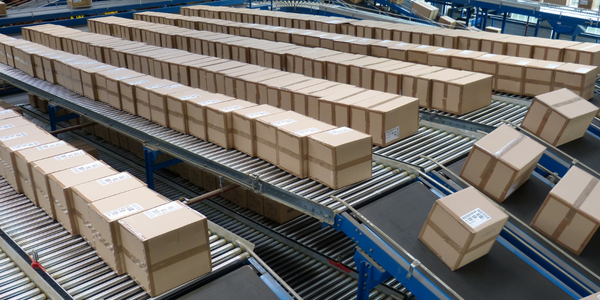
Case Study
IoT Data Analytics Case Study - Packaging Films Manufacturer
The company manufactures packaging films on made to order or configure to order basis. Every order has a different set of requirements from the product characteristics perspective and hence requires machine’s settings to be adjusted accordingly. If the film quality does not meet the required standards, the degraded quality impacts customer delivery causes customer dissatisfaction and results in lower margins. The biggest challenge was to identify the real root cause and devise a remedy for that.
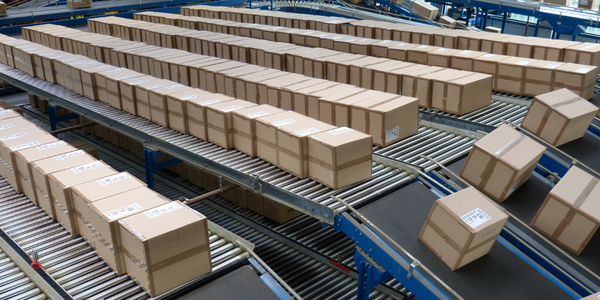
Case Study
Zenon the Ideal Basis for An Ergonomic HMI
KHS develops and produces machines and equipment for filling and packaging in the drinks industry. Because drinks manufacturing, filling and packaging consist of a number of highly complex processes, the user-friendly and intuitive operation of equipment is increasingly gaining in significance. In order to design these processes as simple as possible for the user, KHS decided to introduce a uniform, transparent and standardized solution to the company. The HMI interface should meet the requirement for people with different qualifications and enable them to work on a standard platform.
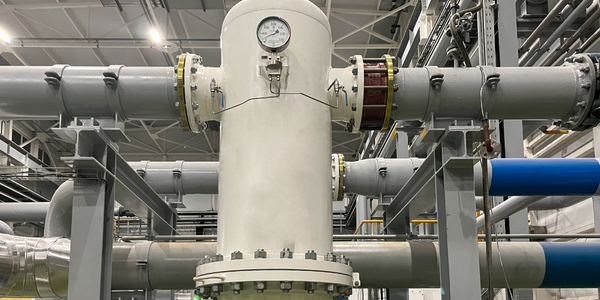
Case Study
Sparks Dynamics Assists Atlas Container Secure a $15,000 BGE Energy Rebate
The ReMASTER Compressed Air Monitoring system was installed in 2015. This system is capable of monitoring compressed air system parameters on a continuous basis and transferring that information to a cloud server which can be accessed by Atlas Container personnel, Industrial Diagnostics and Sparks Dynamics. This information was collected into a database which can be exported to an Excel spreadsheet or displayed graphically using Sparks Dynamics ViewMaster Software. The average annual compressed air electricity expense was estimated to be approximately $116,000. This is based on an incremental $/KWh electric rate of $.091 per KWh and an estimated compressed air energy consumption of 1,279,200 KWH. The implementation phase of Energy Conservation Measures (ECMs) for the Compressed Air System included: • Identification and repair of compressed air leaks • Understanding of compressed air usage per manufacturing machine and installation of shut off valves when the machines are no longer in production mode • Identification of misapplications of compressed air to include blow offs, venturis, and cooling scenarios • Understand system pressure requirements and potential installation of point of use pressure regulation.
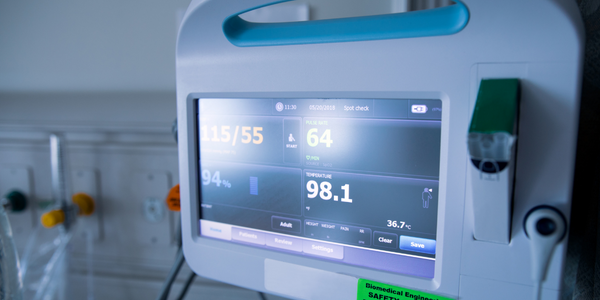
Case Study
Mondi Implements Statistics-Based Health Monitoring and Predictive Maintenance
The extrusion and other machines at Mondi’s plant are large and complex, measuring up to 50 meters long and 15 meters high. Each machine is controlled by up to five programmable logic controllers (PLCs), which log temperature, pressure, velocity, and other performance parameters from the machine’s sensors. Each machine records 300–400 parameter values every minute, generating 7 gigabytes of data daily.Mondi faced several challenges in using this data for predictive maintenance. First, the plant personnel had limited experience with statistical analysis and machine learning. They needed to evaluate a variety of machine learning approaches to identify which produced the most accurate results for their data. They also needed to develop an application that presented the results clearly and immediately to machine operators. Lastly, they needed to package this application for continuous use in a production environment.

Case Study
Automated Pallet Labeling Solution for SPR Packaging
SPR Packaging, an American supplier of packaging solutions, was in search of an automated pallet labeling solution that could meet their immediate and future needs. They aimed to equip their lines with automatic printer applicators, but also required a solution that could interface with their accounting software. The challenge was to find a system that could read a 2D code on pallets at the stretch wrapper, track the pallet, and flag any pallets with unread barcodes for inspection. The pallets could be single or double stacked, and the system needed to be able to differentiate between the two. SPR Packaging sought a system integrator with extensive experience in advanced printing and tracking solutions to provide a complete traceability system.

Case Study
Industry 4.0 at ALPLA: Enhancing Factory Efficiency with IoT
ALPLA, a global leader in packaging solutions, faced several challenges as the complexity of their production machinery increased. The need for highly trained specialists in each factory led to higher personnel costs, difficulties in recruiting experienced talent at each location, and costly personnel turnover. Furthermore, less experienced operators running the machines sub-optimally impacted resource consumption and overall equipment effectiveness (OEE). ALPLA also faced the challenge of monitoring visual inspection systems in every line of their plants, which was almost impossible to do manually. In 2016, ALPLA decided to use data from the 900 different types of embedded sensors in each factory to address these issues. However, their initial choice of SQL Server as the data store for the sensor data proved inadequate, as it was unable to cope with their data requirements.




